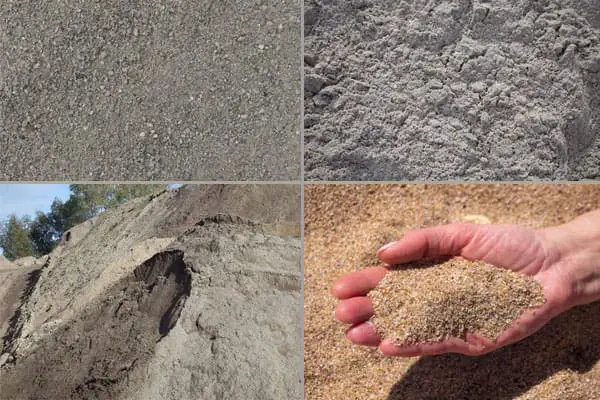Introduction
Masonry sand is a fundamental component used in various construction projects, particularly in the masonry work of buildings. This type of sand is finer and smoother compared to other sand varieties, which makes it highly suitable for construction uses that require a refined and clean finish. This article provides an in-depth analysis of the properties of masonry sand and evaluates its suitability for different construction projects.
Properties of Masonry Sand
Particle Size and Texture: Masonry sand particles are typically smaller and more uniform in size compared to concrete sand. These particles range from 0.05mm to 0.5mm, a size that contributes to a smoother mortar texture. The fine, even granules ensure a compact and manageable consistency when mixed with cement.
- Color Variations: The color of masonry sand varies depending on the source of the sand. Colors can range from white to beige, tan, or even slightly grey. The color of the sand can impact the appearance of the mortar used in masonry structures, influencing aesthetic decisions in construction projects.
- Cleanliness and Composition: Masonry sand is washed to remove impurities such as clay, silt, and organic materials. This cleansing process enhances the sand’s bonding properties with cement, providing a stronger and more durable masonry work. The typical composition of masonry sand includes silica, which is known for its durability and resistance to weathering.
Suitability for Construction Projects
- Masonry Work: Due to its fine texture and compaction capabilities, masonry sand is most suitable for masonry work. It is extensively used in the preparation of mortar for laying bricks, stones, and blocks. The fine sand helps in creating a smooth mixture that is easy to spread and bonds well with masonry units, resulting in structurally sound and visually appealing finishes.
- Plastering: Masonry sand’s fine texture also makes it a good choice for plastering. The sand’s smoothness helps in achieving a neat and clean surface finish. Plaster made with masonry sand is less prone to cracking, ensuring longevity and durability of the wall coatings.
- Flooring and Paving: In flooring applications, such as underlayment for paving or tiles, masonry sand provides a stable base that supports the flooring material. Its ability to compact well allows for a solid foundation that resists shifting and settling.
Advantages of Using Masonry Sand
- Workability: Masonry sand increases the workability of mortar and concrete due to its fine and uniform particles.
- Aesthetic Quality: The clean and consistent texture contributes to a visually appealing finish in masonry work.
- Durability: The bonding properties of masonry sand ensure stronger and more durable masonry structures.
- Versatility: Suitable for various applications including masonry, plastering, and flooring.
Conclusion
Masonry sand is a versatile and essential material in construction, particularly valued for its fine texture, cleanliness, and aesthetic qualities. Understanding the properties of masonry sand is crucial for construction professionals to make informed decisions regarding its suitability for specific projects. By choosing the right type of sand, builders can ensure durability, workability, and aesthetic appeal in their construction projects, making masonry sand a preferred choice for high-quality masonry work.


